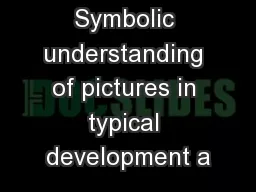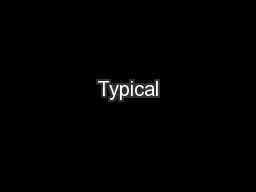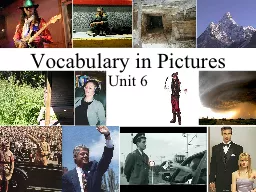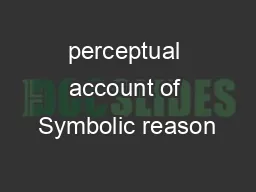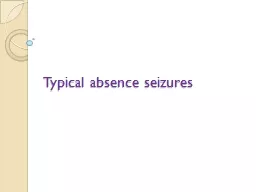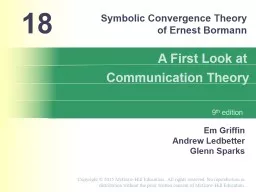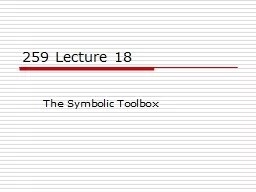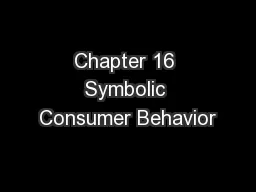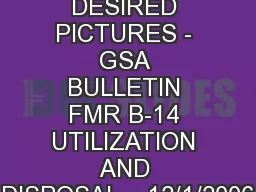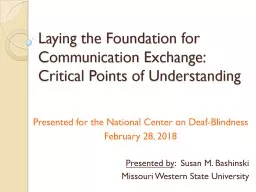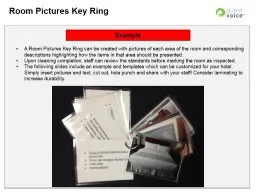PPT-Symbolic understanding of pictures in typical development a
Author : yoshiko-marsland | Published Date : 2015-12-06
Melissa L Allen National College of Ireland March 26 2015 Early Actions on Pictures DeLoache et al 1998 Psych Sci Developmental Trajectory Picture Understanding
Presentation Embed Code
Download Presentation
Download Presentation The PPT/PDF document "Symbolic understanding of pictures in ty..." is the property of its rightful owner. Permission is granted to download and print the materials on this website for personal, non-commercial use only, and to display it on your personal computer provided you do not modify the materials and that you retain all copyright notices contained in the materials. By downloading content from our website, you accept the terms of this agreement.
Symbolic understanding of pictures in typical development a: Transcript
Download Rules Of Document
"Symbolic understanding of pictures in typical development a"The content belongs to its owner. You may download and print it for personal use, without modification, and keep all copyright notices. By downloading, you agree to these terms.
Related Documents

